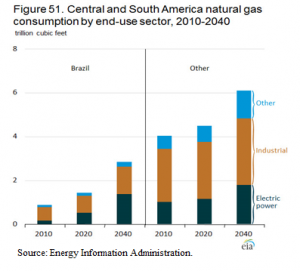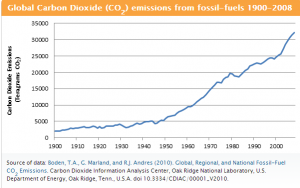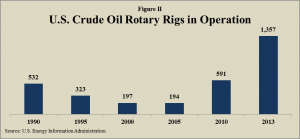The Future of Biotechnology in Farming
There is a great deal of controversy over genetically modified crops; some countries have banned their growth entirely, while others have placed strict regulatory restrictions on production. As the world’s population continues to grow (it is projected to reach 9.1 billion by 2050), global food production will have to increase by 70 percent in order to meet demand.
Scientists have discovered ways to improve crops by manipulating plant DNA, creating a product that better resists insects and stands up to herbicides, allowing farmers to grow crops using fewer pesticides. For example, biotechnology company Monsanto created a crop known as Bollgard Bt cotton — a strain of cotton injected with the Bacillus thuringinesis bacterium which produces its own insecticide, reducing the need for additional pesticide. The product was introduced in India in 2002, and its benefits became evident:
- Yields improved with the use of Bt cotton. One particular cotton farm increased its yield by 7,625.7 pounds per hectare while simultaneously reducing costs by $143.32 per hectare (due to decreased use of pesticides).
- With more money in their pockets, Indian farmers have been able to upgrade their machinery, advancing the country’s agricultural economy.
Brazil is currently experimenting with biotechnology and sugarcane. While Brazil produces 588 million tons of sugarcane per year (half the world’s output), it could double that production; half of its potential crop is currently lost to pests, weeds and drought.
Biotechnology offers the potential to combat world hunger by greatly increasing crop yields and producing hardier plants that can withstand pests, drought and more. But because many countries do not allow the production or importation of biotech crops, the ability of these crops to feed the globe is limited.






